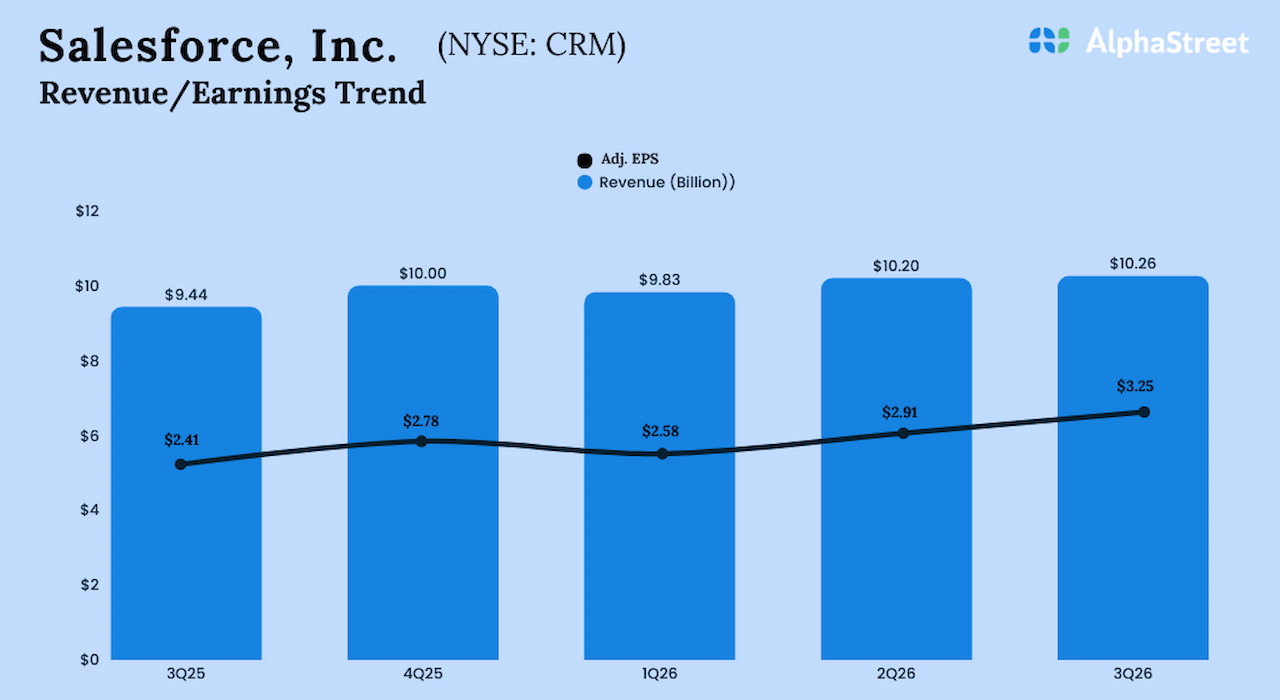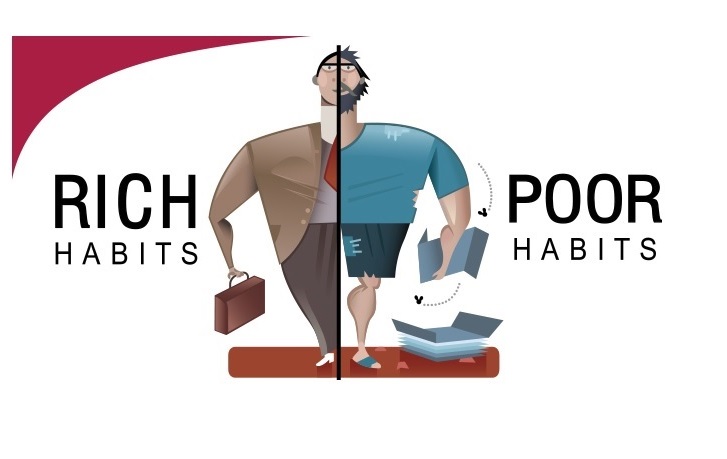In This Article
Most investors are chasing the wrong thing. Equity returns are delayed. Savings account interest is fading. And market volatility makes every dollar feel like a gamble.
Yet one vehicle quietly compounds wealth with consistency, safety, and monthly cash flow: properly structured debt funds.
If you’re an investor sitting on idle cash, or just craving more cash flow stability in your portfolio, we’ll take a look at why debt funds may be your most powerful path to millionaire momentum. Let’s unpack how it works.
The Strategic Blind Spot Most Investors Miss
Real estate investors love equity deals for the upside. But they often ignore the downside: the long timelines, high illiquidity, and unpredictable cash flow.
Or worse, they leave capital sitting in the bank at 3.5%, thinking that’s safe enough. But here’s the apples-to-apples math:
Investor A: $100K in a 3.5% savings account -> $141K in 10 years
Investor B: $100K invested in a debt fund compounding at 8% annually -> $221K in 10 years
The gap? That’s the hidden cost of inaction. It’s not about risk versus reward. It’s about speed, consistency, and compounding.
The New Lens: The Wealth Compounding Plan
For investors looking for a smoother ride to building wealth, with less hassle, I teach investors a simple model: The Wealth Compounding Plan.
This strategy rebalances your portfolio around three goals:
Clarity: Know where you’re going and how long it’ll take.
Control: Use cash-flowing assets to buy back your time.
Compounding: Stack consistent gains that accelerate over time.
Debt funds become the engine. They produce monthly income, reinvest quickly, and provide a lower-risk base for your portfolio. And when structured correctly, they offer the liquidity most investors mistakenly assume doesn’t exist.
The Comparison: Who Reaches $1M First?
Investor A sits in cash at 3.5% with $100K to start and adds $50K/year. After 10 years: $876K.
Investor B uses a tiered-return debt fund, starting at 8% until their portfolio reaches $500K, then earning 9% until hitting $1M, and compounding at 10% thereafter. With $100K to start and $50K/year added consistently, Investor B reaches $1.15M in 10 years.
Investor C uses a 60/40 stock/bond portfolio (5.8% blended return) with $100K to start and adds $50K/year. After 10 years: $961K.
Investor B wins—by thousands. And does it with less volatility, less illiquidity, shorter capital lockups, and the option to create a predictable monthly cash flow once they hit their equity target.
Let’s also recognize that many real estate investors aren’t aiming for just $1 million. They want financial freedom, which often requires more.
But here’s why $1 million is a powerful milestone for debt fund investors:
At $1M, you can often demand a 10% preferred return in top-tier debt funds.
At $1M and a 10% return, that’s $100K/year in predictable income before accounting for other sources like Social Security or pensions.
And because your principal is protected and liquid in well-structured funds, you’re not forced to sell to access income.
You might also like
Bottom line
The end goal is not $1M. This number is the inflection point where wealth becomes utility. And debt funds, when used with consistency, can get you there faster and safer.
The Framework: How to Implement the Plan
1. Define your timeline
Start by anchoring your investing approach to your life stage:
Accumulation mode: Growing your nest egg
Transition mode: Positioning for income and liquidity
Cash flow mode: Pulling regular income from your assets
Each mode comes with different risks, goals, and needs. Your timeline determines what kind of return profile and liquidity make sense, and what role debt funds should play.
2. Set your passive income target
Before you allocate capital, define what you’re building toward. Use this hierarchy to clarify your income goal:
Financial security: Basic bills covered
Financial vitality: Comfortably covering lifestyle
Financial independence: Work becomes optional.
Financial freedom: Live fully on your terms.
This number gives purpose to your plan. It tells you how much cash flow you need monthly, and what investment mix will get you there.
3. Allocate for stability first
Debt funds should make up 30% to 40% of your passive portfolio. Think of this as tier 2 in the 3-tier Fortress Plan—the income-producing layer that cushions market volatility, supports reinvestment, and creates predictable cash flow.
Why 30% to 40%? Data from top-performing portfolios (especially among high-net worth investors) consistently shows that allocating one-third of assets to fixed-income strategies—particularly those with short duration and liquidity, like properly structured debt funds—helps balance growth with stability. It also positions you to take advantage of equity deals when they arise, without sacrificing income in the meantime.
This layer is your base camp: stable, liquid, and always working for you.
4. Evaluate risk before you invest
Once you’ve defined your income needs and stability allocation, the next critical step is assessing the risk of the investment, beyond the marketing materials.
Not all debt funds are created equal, and “first lien” doesn’t automatically mean “safe.” Many investors mistakenly assume that debt equals lower risk by default, but that’s not always the case. Hidden risk lives in the fund structure, and failing to identify it can turn a “safe” investment into a costly one.
Evaluate these four dimensions:
Asset type: Residential, commercial, land, or development?
Loan phase: Stabilized versus distressed
Capital stack position: Are you truly senior or subordinated?
Structure: Note, fund, or crowdfunding platform?
These categories reveal how your capital is deployed, what risk exposures exist, and how easily your investment can be monitored and protected.
5. Vet using the 3Ps checklist
After you’ve evaluated the risk categories, it’s time to underwrite the opportunity with precision. Use the 3Ps Framework:
People: Track record, aligned incentives, lending expertise
Process: Borrower screening, conservative valuations, default protocols
Position: First lien, low LTV, secured loans, and liquidity features
Think of this as your underwriting checklist. Just as a strong foundation supports a durable building, these 3Ps support safe, scalable returns in your portfolio.
6. Layer in consistency
Once you’ve chosen a vetted debt fund that aligns with your risk profile and cash flow goals, your next job is to make consistency your secret weapon.
Compounding isn’t just math; it’s behavior. Investors who consistently reinvest and contribute, even in small amounts, hit seven figures faster and with more stability than those who try to “time the market.”
Mini challenge
What phase are you in right now—and how are you allocating accordingly? Write it down.
Tactical Investor Insights
Debt funds are powerful, but they aren’t one size fits all. Here’s what strategic investors often ask before putting capital to work:
Can I use a HELOC or cash value insurance to invest? Yes, but only if the fund has the right structure. Look for short durations, liquidity features (like 90-day access), and protections in case of early exit. Using leverage amplifies your returns and your risk, so a fund’s consistency and conservatism matter even more.
What about taxes? Debt fund income is taxed as ordinary income. But here’s the twist: It’s also liquid and predictable, which makes it an ideal funding source for tax-advantaged strategies like cost segregation, oil and gas, or conservation easements. Many investors use their debt income to fuel their tax advantage investing elsewhere.
Is now a good time to invest in debt funds? Yes. With equity deals harder to pencil, cap rates compressed, and bank rates falling, properly structured debt funds are emerging as the smart bridge strategy, helping you grow and protect capital while waiting for equity to reprice.
Remember: Every dollar you keep idle is losing to inflation. But every dollar invested smartly can build momentum now and position you for the next move. That’s how high-level investors create flexibility without sacrificing growth.
Final Thoughts: Predictable Wealth Is a Choice
Most accredited investors optimize for returns. But millionaire investors optimize for consistency.
This isn’t about giving up equity. It’s about building your foundation.
When you use debt funds strategically, you stabilize income, protect principal, and unlock compounding in a way most investors never see. You don’t have to wait for equity deals to build momentum—you can start compounding today.
Want to run the math on your portfolio? Or see how debt funds could fast-track your path to predictable income? DM me here on BiggerPockets to talk strategy, compounding, and how to make your money move, without unnecessary risk or complexity.
Consistency beats complexity. Let’s map your next three investing moves—no guesswork required.
Protect your wealth legacy with an ironclad generational wealth plan
Taxes, insurance, interest, fees, bills…how can you acquire wealth, let alone pass it down, when there are major pitfalls at every turn? In Money for Tomorrow, Whitney will help you build an ironclad wealth plan so you can safeguard your hard-earned wealth and pass it on for generations to come.


























